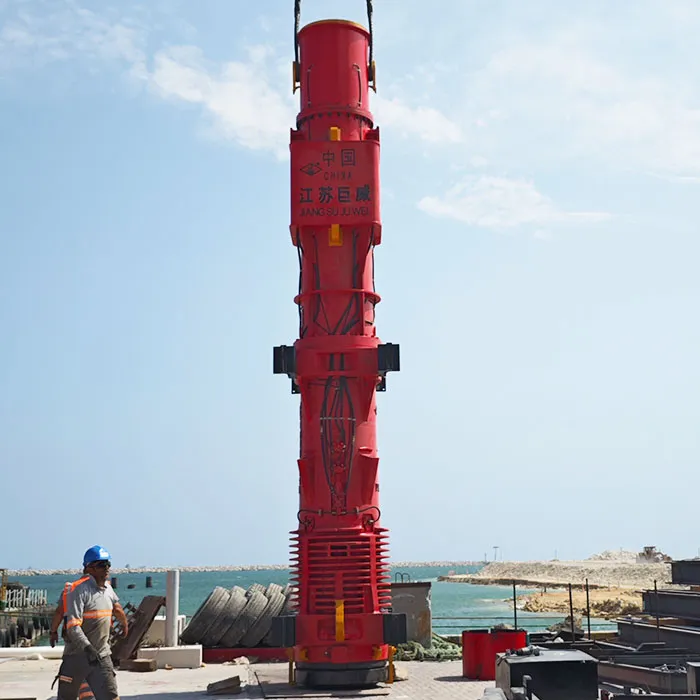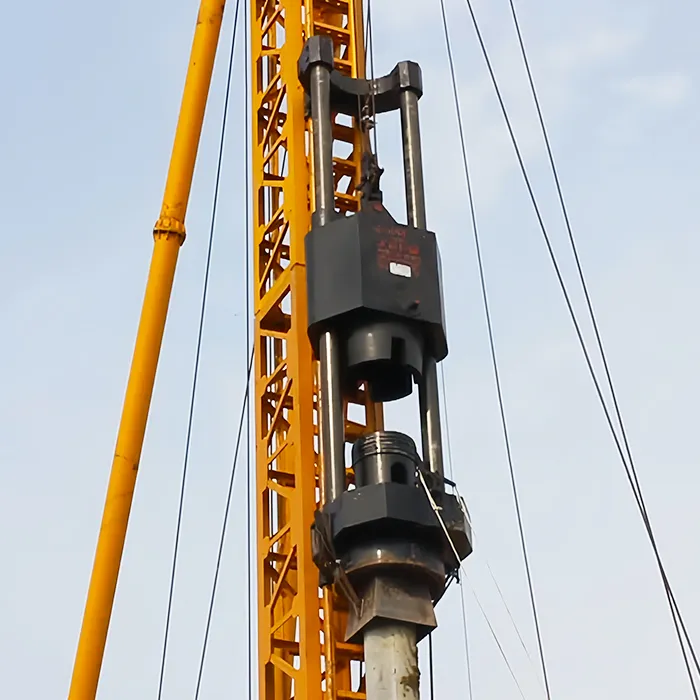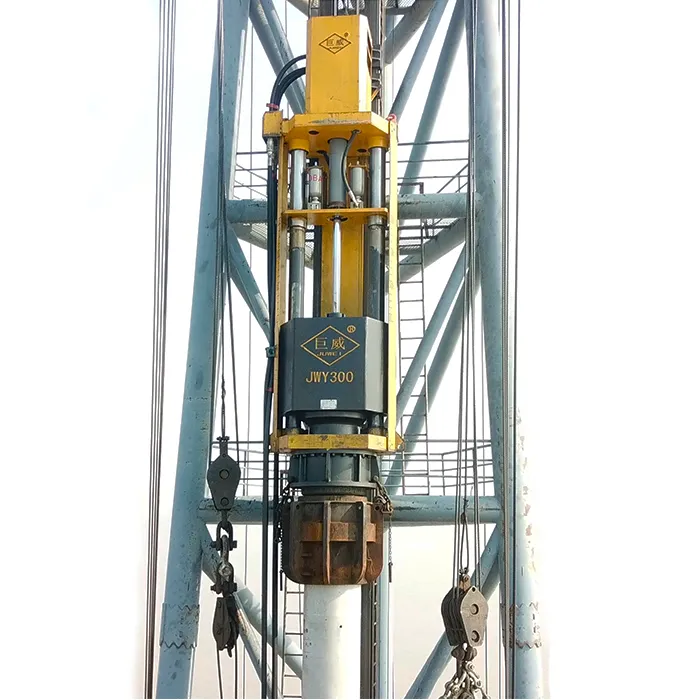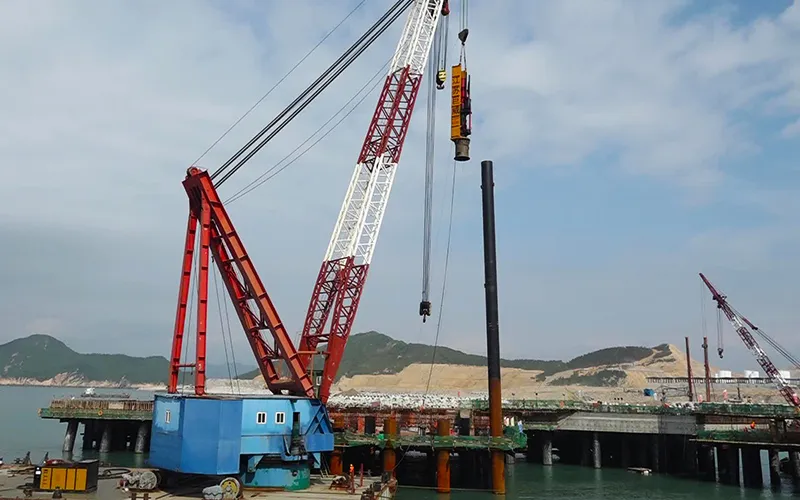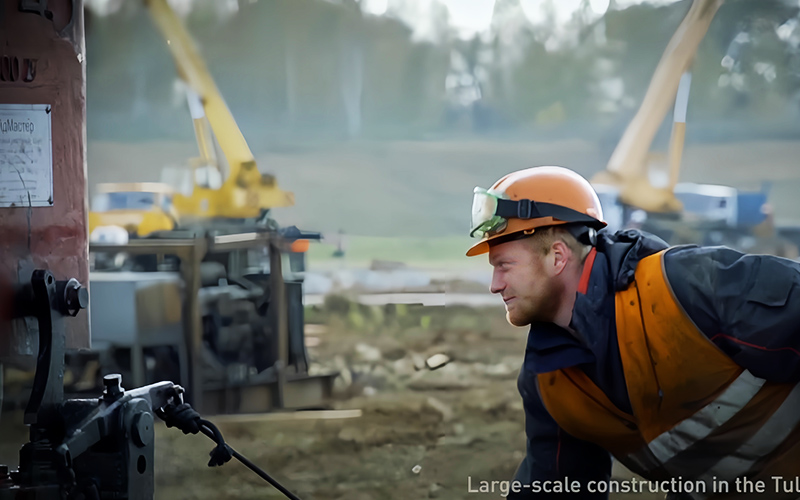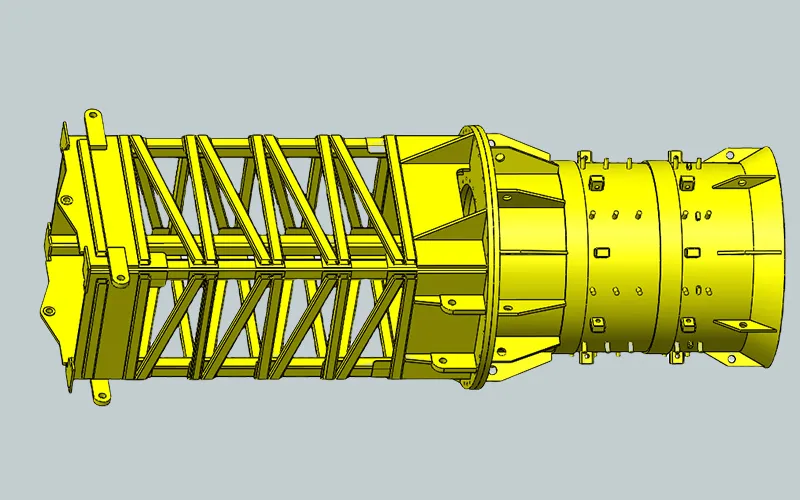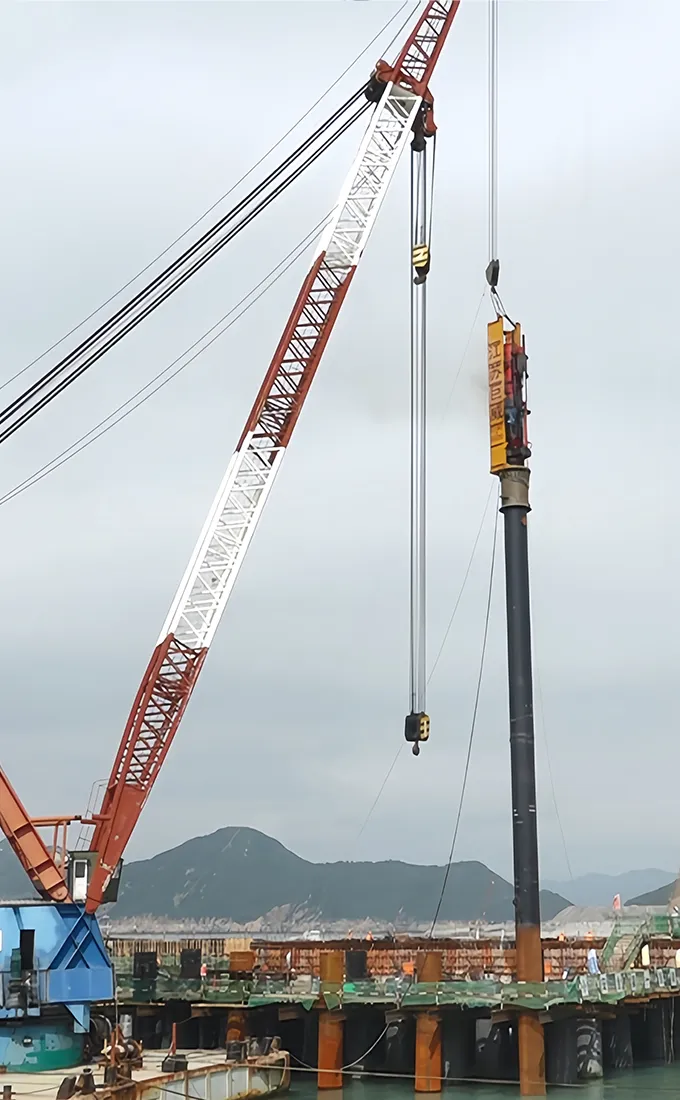When the bearing capacity of the soil surface is insufficient, deep foundations construction can ensure the stability of the building structure. Next, we will explain the knowledge of deep foundation engineering in depth, including the characteristics and application scope of various deep foundations. By analyzing the role of deep foundation construction in construction engineering, how to provide reliable support for various structures and ensure the long-term stability of the building structure. This guide will help provide decision-making references for building design professionals and structural engineers, and help them choose the right deep foundation solution.
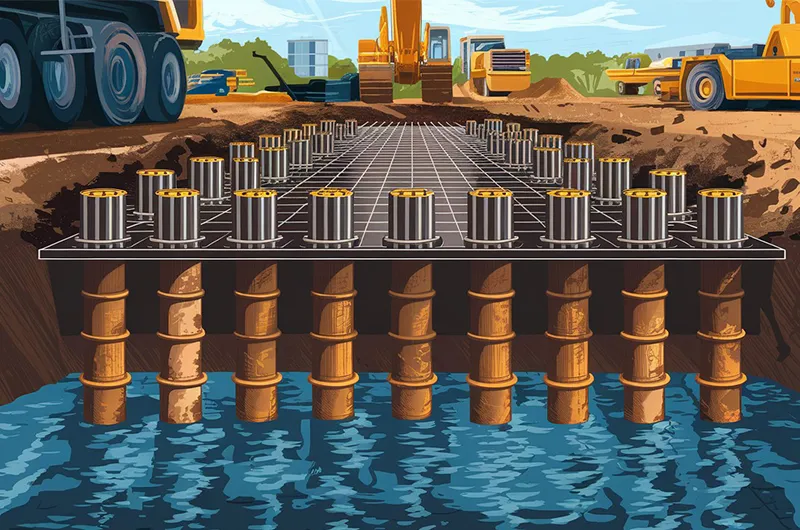
What Are Deep Foundations?
A deep foundation is the lowest part of a structure, providing stability and support. Deep foundation construction can be used in situations where soil conditions are poor or the soil is unstable and cannot support the weight of the structure. It is mainly to ensure that structures such as buildings, bridges or other infrastructure projects can safely withstand the weight they carry.
Why Are Deep Foundation Used?
Deep foundations are the lowest part of a structure and are essential for providing stability and support. These foundations may be used in situations where the soil conditions are poor, or where the soil is unstable and unable to support the weight of the structure. They can also be used to access stable soil. They are used in order to ensure that structures like buildings, bridges, or other infrastructure projects can safely withstand the loads they are designed to carry.
What Are the Different Types of Deep Foundations?
There are different types of deep foundations, each of which meets the needs of different construction projects. The main types include pile foundations, bored pile foundations, and caisson foundations. Different deep foundation types have different installation methods. They are selected according to different soil conditions, structural loads, and projects.
Pile foundations are one of the most common types of deep foundations. They consist of slender columns driven into the ground, transferring the weight of the building deep into the ground. Piles can be made of different materials. Common choices are steel piles, precast concrete piles and wooden piles. Piles can be driven into the ground using a pile driver.
Drilled shaft foundations, also known as drilled piers. This bored-and-cast process involves drilling deep holes in the desired location, then setting up a steel cage and pouring concrete in the hole. This method is particularly effective in areas with difficult soil conditions or when building deep foundations for large structures. This process is used in the giant pile foundations of the Beijing Daxing Airport terminal, which provide reliable support in hundreds of meters of silt.
Corrosion-resistant steel piles are used in surge zones, and bored rock-embedded piles are used in reef areas to resolve complex geological problems through customized pile foundation solutions.
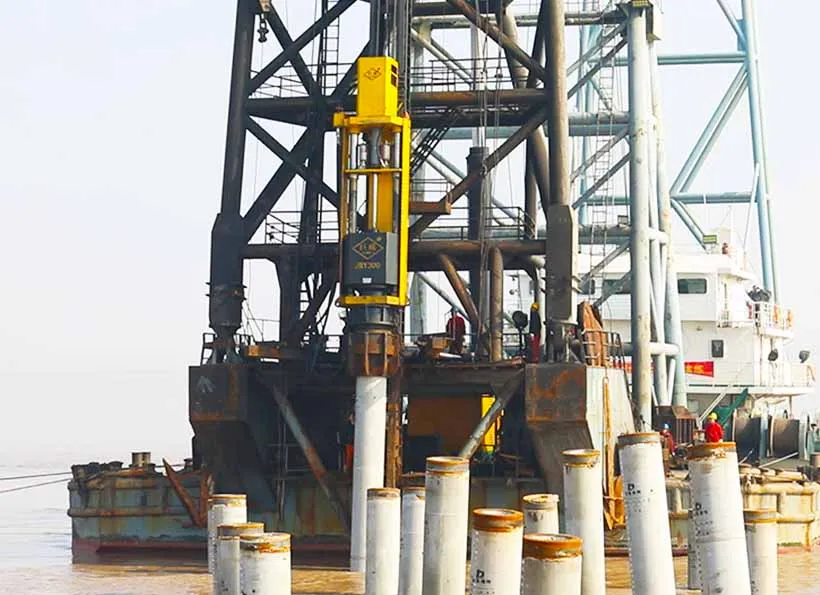
When Use Deep Foundation Consturction?
In engineering practice, the choice of foundation form often depends on the geological conditions of the site. When the bearing capacity of the surface soil is insufficient, engineers usually consider adopting a deep foundation construction plan. This situation is common in areas with soft soil layers, such as high-water clay layers or loose sedimentary layers and other unfavorable geological conditions.
When constructing permanent buildings on soft and compressible foundations, the use of deep foundations can effectively control the subsequent settlement. In particular, for structures such as tall buildings or heavy bridges that require extremely high foundation bearing capacity, this foundation form can provide reliable foundation support. When the project requires a large amount of underground space (such as deep foundation pits or basement projects), deep foundations can also play their technical advantages.
How Does Soil Affect the Choice of Deep Foundations?
The soil plays a major role in determining the type of deep foundation you should use. The characteristics of the soil at your construction site are very important. When choosing a deep foundation, you must consider the bearing capacity of the soil. This is the soil‘s ability to support the weight of the structure.
Different soils have different properties. For example, loose sandy soils may require deep foundations to reach a more compacted soil layer. Areas with clay soils might require deep foundations to avoid settlement over time. Also, the presence of groundwater levels can also influence your decision. If the water table is high, you might need to choose a deep foundation that can withstand the hydrostatic pressure.
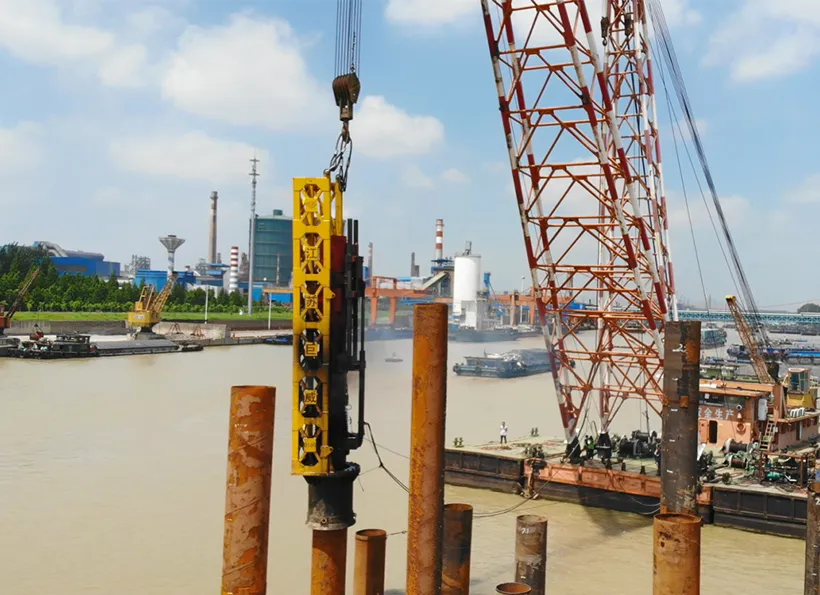
JUWEI-Pile Driving Equipment
A Leading Manufacturer and Supplier of Pile Hammer. Consult Piling Equipment Expert!
How Do You Choose Between Different Types of Deep Foundations?
Choosing the right type of foundation involves considering several factors. The type of foundation depends on many things. First, you must evaluate the site’s soil conditions. This involves understanding the soil‘s bearing capacity, its composition, and any potential for settlement. A geotechnical investigation is key to understanding what lies beneath the surface.
Next, consider the load requirements of the structure. How much weight will the building or bridge need to support? The load will determine the size and the capacity needed for your deep foundation. Also, consider access limitations. Some methods might be unsuitable for tight spaces. Also, the budget for your project comes into play. The costs associated with the project need to be considered.
What Are the Benefits of Using Drilled Shaft Foundations?
Drilled shaft foundations have many advantages, especially in specific construction scenarios. Drilled shafts offer several advantages in certain situations. They can be an excellent solution for projects where noise and vibration must be kept to a minimum. This makes them suitable for urban areas where pile driving might be disruptive.
Drilled shafts can be designed to accommodate very heavy loads and provide great structural support. Drilled shafts are useful in areas with compressible soils. They can extend deep into the ground. They are also suitable for sites with a high water table. For these conditions, you can add a steel cage.
How Important is Load-Bearing Capacity in Deep Foundations?
Load-Bearing capacity is perhaps the most important factor when designing deep foundation construction. The foundation must be able to carry the entire structural load.
Engineering designers must calculate the total load that the foundation must support. This includes the weight of the building or structure, as well as any live loads such as people, furniture, and equipment. The deep foundation must have adequate bearing capacity. If the bearing capacity of the foundation is insufficient, the structure may sink, deform, or even fail.

Conclusion:
- There are several types of deep foundations, including piles, drilled shafts, and caissons.
- The choice of deep foundation depends on soil conditions, structural loads, and project requirements.
- Pile foundations are driven into the ground, while drilled shafts involve drilling a hole and filling it with concrete.
- Understanding load-bearing capacity is critical to ensure the stability of the structure.
You can learn more about JUWEI Pile Driving Equipment to find the right piling tools for your construction project. Juwei Product Has: D Tubular Diesel Hammer, DD Guide Rod Diesel Hammer, Hydraulic Impact Hammer.

JUWEI-Pile Driving Equipment
A Leading Manufacturer and Supplier of Pile Hammer. Consult Piling Equipment Expert!


